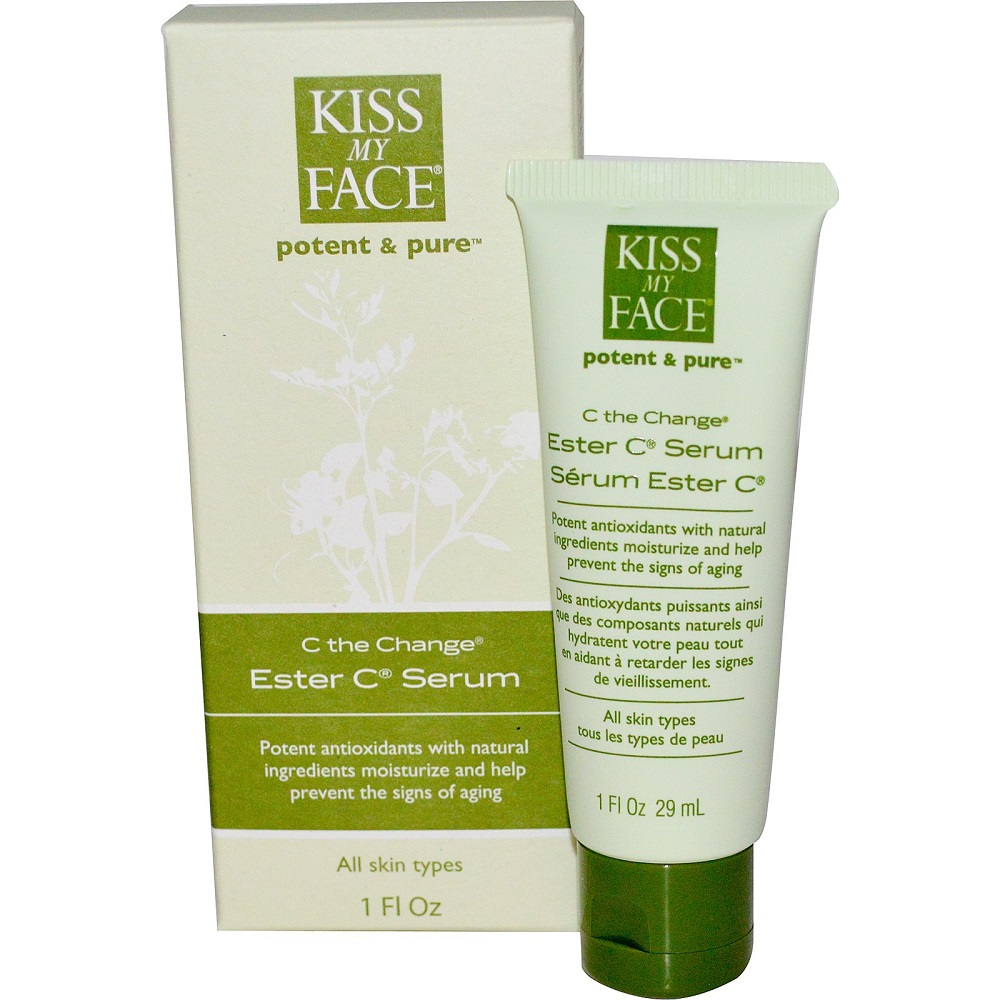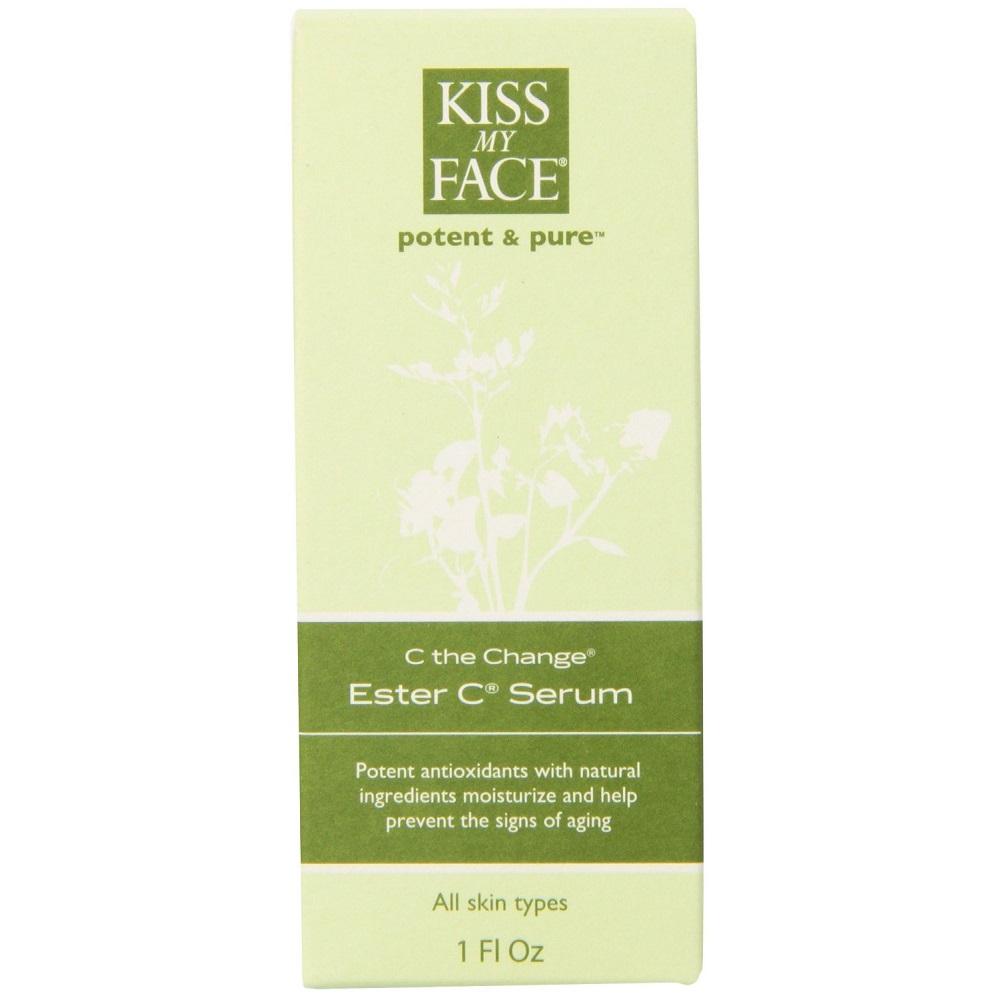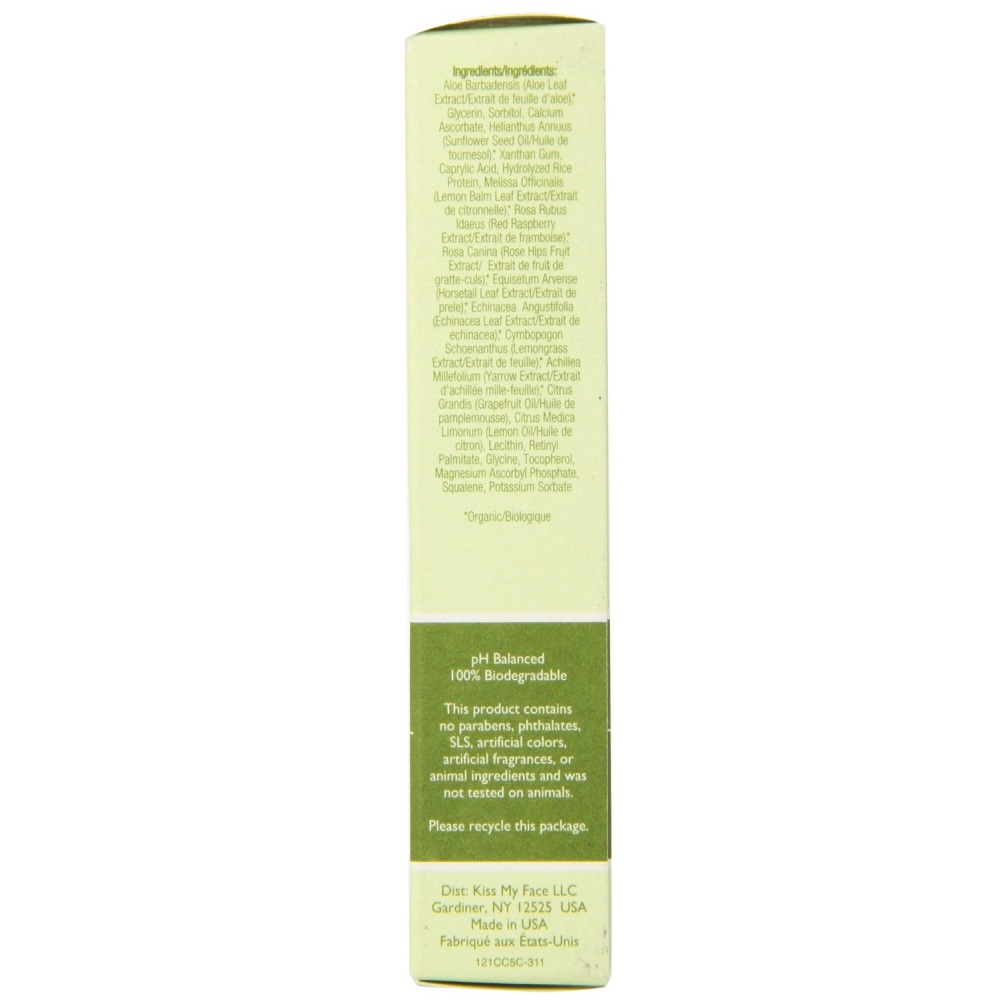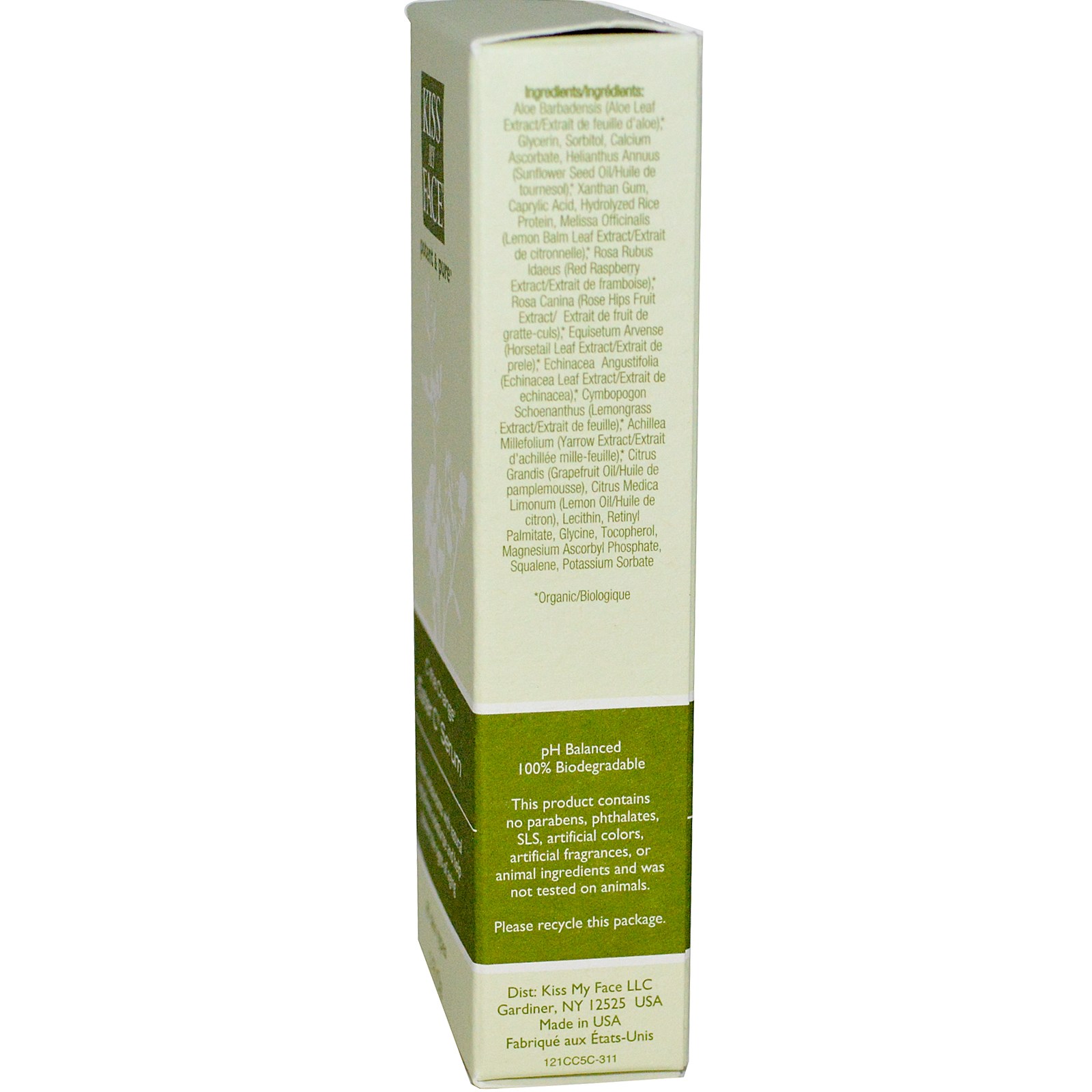| Aloe Barbadensis | Aloe Barbadensis leaf juice can soothe skin and serve as an anti-inflammatory. It can be efficiently used topically, because of its burn healing effects, scar reducing and wounds healing properties. |
|---|
| Glycerin | Glycerin is what is called a humectant. Glycerin helps maintain the skin’s water balance on an intercellular level. Glycerin in lotions or other skin care products can help prevent or combat dry skin. |
|---|
| Sorbitol | Sorbitol, or glucitol as it is sometimes called, is a slow-metabolizing sugar alcohol derived from fruits, corn and seaweed. |
|---|
| Calcium Ascorbate | Also known as Vitamin C |
|---|
| Helianthus Annuus | The seeds have diuretic and expectorant properties and have been employed with success in the treatment of bronchial, laryngeal and pulmonary affections, coughs and colds, also in whooping cough. |
|---|
| Xanthan Gum | Xanthan gum is frequently added to semiliquid cosmetics and lotions. Adding xanthan gum to cosmetic agents allows for a smoother, more even application. Xantham gum can also be found in medications and pills, and has been used alone as a synthetic saliva for people who suffer from dry mouth. |
|---|
| Caprylic Acid | Used for skin infections |
|---|
| Hydrolyzed Rice Protein | This ingredient is currently being researched thoroughly by our team. A NutraWiki page summarizing our findings will be available soon. |
|---|
| Melissa Officinalis | This herbs has been used for centuries to treat anxiety, sleep disorders, indigestion and wounds. |
|---|
| Rosa Rubus Idaeus | The wild tangle of thorny trailing vines yield a tasty fruit, but it is the leaves that are of interest to the herbalist. |
|---|
| Rosa Canina | Some people use rose hip as a source of vitamin C. It is true that fresh rose hip contains vitamin C. But processing and drying of the plant destroys most of the vitamin C. |
|---|
| Equisetum Arvense | Horsetail is used for “fluid retention” (edema), kidney and bladder stones, urinary tract infections, the inability to control urination (incontinence), and general disturbances of the kidney and bladder. |
|---|
| Echinacea | Echinacea has been used for virus infections such as the common cold and flu. It is used to strengthen the immune system. |
|---|
| Cymbopogon Schoenanthus | Mainly used as a tonic and fragrance additive in cosmetic products. |
|---|
| Achillea Millefolium | Yarrow is applied to the skin to stop bleeding from hemorrhoids; for wounds; and as a sitz bath for painful, lower pelvic, cramp-like conditions in women. |
|---|
| Citrus Grandis | Grapefruit is a source of vitamin C, fiber, potassium, pectin, and other nutrients. Some components might have antioxidant effects that might help protect cells from damage or reduce cholesterol. |
|---|
| Citrus Medica Limonum | Commonly referred to as Lemon, the yellow fruit is grown on small trees in the Mediterranean. |
|---|
| Lecithin | Lecithin is a fat that is essential in the cells of the body. It can be found in many foods, including soybeans and egg yolks. Lecithin is taken as a medicine and is also used in the manufacturing of medicines. |
|---|
| Retinyl Palmitate | Retinyl palmitate is also a constituent of some topically applied skin care products. |
|---|
| Glycine | Used to heal wounds |
|---|
| Tocopherol | Vitamin E is an essential vitamin for the human body. Out of the eight tocopherols, alpha-tocopherols are the most commonly available and are also preferentially absorbed and used by the body. |
|---|
| Magnesium ascorbyl phosphate | In skin care products, Magnesium Ascorbyl Phosphate (MAP) is also used for UV protection and repair, collagen production, skin lightening and brightening, and as an anti-inflammatory. |
|---|
| Squalene | Used for skin creams |
|---|
| Potassium Sorbate | Potassium sorbate’s use as an antimicrobial preservative prevents the growth of mold, bacteria and fungi in cheese, dried meats, baked goods, jellies and syrups. |
|---|






Reviews
There are no reviews yet.